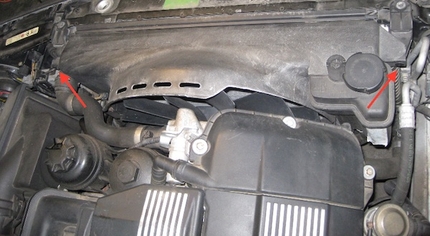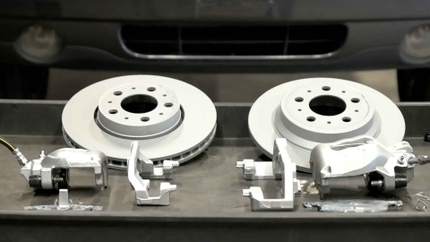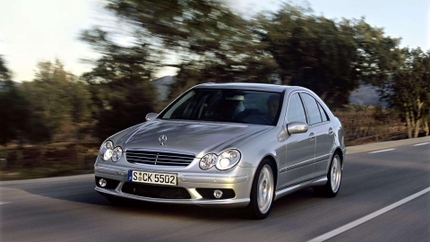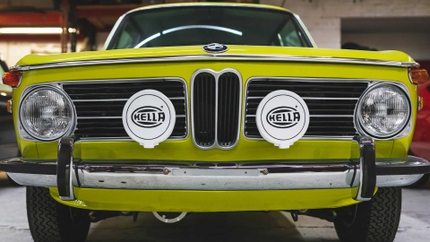So you want to be the next Irv Gordon, do you? For some people, this might just be out of necessity, but for you FCP readers, its certainly out of passion. With a bit of preventative maintenance, foresight, and some elbow grease, its not impossible to keep your brick on the road for a million miles.
Today, I’ll be talking about the engine and transmission, arguably the heart of your brick. Just so you know, this mostly pertains to RWD Volvos, because that’s the car I’m most familiar with. But don’t take this the wrong way in that redblock Volvos are the only cars that can make it to the magic number. In fact a quick search brought up an old Saab, a Honda Accord and surprisingly, an old Dodge Ram pickup. But I digress. Let’s talk Volvos and the basics to keeping a car on the road.
Keep Fluids in Check
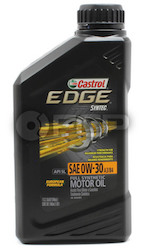
I can’t stress the importance of regular maintenance. For the engine, regular oil changes and keeping your oil topped up is important. I’m not even talking about using full synthetic oil, or frequent oil changes…just follow the manual and fill up with oil that your car needs. Nothing more, nothing less. If you’re concerned about the health of your engine, just send the oil in for an analysis and check out the results.
For the transmission, perform a transmission flush every 100,000 miles or so. Unless something is seriously wrong with the transmission, you won’t need a flush much more often. Whenever you fill up your transmission, use synthetic. Its not much more expensive than regular fluid and your car will thank you.
Always keep an eye out for your coolant level, and the color of your coolant. For a non-leaking system, change out the coolant every 5 years, but for a leaky system…fix that leak. There’s no reason why you shouldn’t be able to fix a coolant leak, unless you have a head gasket issue. Just saying.
Steering fluid should also be observed and flushed the same time as your transmission fluid, at least. It also would be useful to add a filter to the steering system to keep it going as long as you can. I added one to my 940 and it has proven to extend the life of my steering system.
Keep Your Ears Open
The next step is noise. Always keep your ears open for any odd noises. Be it a squealing pulley or an odd belt noise, always make sure you check it out before it gets worse.
Common failure points are the water pump and idler pulleys. Odd squeals in the steering system can also be a cause for concern, pointing to possible issues with the steering pump. In the best case, all you might need is a top-up of fluid. But then you'd have to find and fix the leak that caused it as well.
Keep Your Eyes Open
The best way to spot leaks is to first have a clean engine. Any leaks will always tend to look oily and/or start collecting a lot of dirt. Periodically lift your hood and take a close look with a flashlight in any suspect areas. Suspect areas include connection points to any hoses, the radiator and near the firewall at the heater core connections.
Inspect your belts, and for B234F drivers, make sure your timing belt is changed every 50,000 miles. Belts are okay to show wear, but anything excessive is obviously no good and will require replacement.
Change Your Filters
Regularly check the engine air filter. Make sure it's clean to ensure your engine won’t be starved of air. Fortunately, it takes a lot of neglect for an air filter to become so dirty that it physically hampers performance.
Other Random Checks
Beyond the basics, periodically check your relays and fuses. Look at your wiring harnesses and connections to make sure they aren’t oxidizing, especially the battery connections. You won’t want any fraying or exposed wires either.
Your heater control valve will fail eventually. This is bad because once it fails, coolant comes shooting out of your engine compartment before you can say “woops.” The OEM valve lasts a long time, but as we know, nothing lasts forever. If you can’t remember changing it, just do it.
Make sure your thermostat is operational, especially coming near the colder months. The thermostat on red block Volvos are dead easy to replace. On the topic of heating and cooling, ensure your radiator is free of any debris.
Remember, the most important thing to keep in mind for a healthy vehicle is to perform preventative maintenance. It may not be cheap, but at least you’ll keep your brick running. Stay tuned for more posts on keeping your car running for a million miles.


